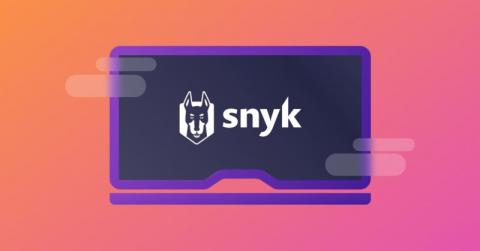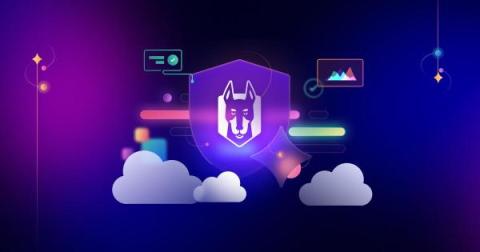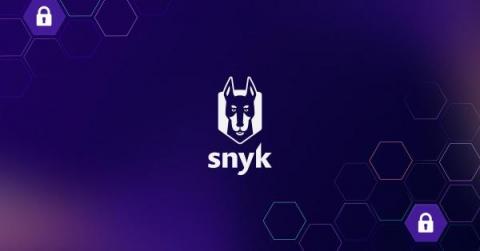Security | Threat Detection | Cyberattacks | DevSecOps | Compliance
Latest Posts
How a 0-day event galvanized a developer-led security mindset at DISH
3 tips from Snyk and Dynatrace's AI security experts
Understanding and mitigating the Jinja2 XSS vulnerability (CVE-2024-22195)
On January 11th, 2024, a significant security vulnerability was disclosed in Jinja2, a widely used Python templating library. Identified as CVE-2024-22195, this cross-site scripting (XSS) vulnerability has raised concerns due to its impact on numerous projects. Jinja2 boasts over 33 million weekly downloads, nearly 10,000 GitHub stars, and over 90,000 dependent projects. The vulnerability affects all versions prior to 3.1.3, with the patched version 3.1.3 being the only safe option.
New Year's security resolutions for 2024 from Snyk DevRel, SecRel, and friends
Transforming what we learned in 2023 to new learning in 2024 will be an exciting and fulfilling journey. In 2023, we saw a huge surge in the use of AI, including cyberattacks utilizing AI and machine learning. We are also seeing an increased awareness in the need for application security posture management (ASPM). Snyk has also launched its own ASPM solution — Snyk AppRisk — designed to help AppSec teams implement, manage, and scale their security programs.
Snyk welcomes Helios, accelerating our ASPM vision with runtime insights
As applications and their software supply chains become more complex, designing an AppSec program that is agile enough to keep pace, while still providing a clear, enterprise-wide view of risk requires a deep understanding of applications — depth that covers every line of code and package from development all the way to their live, running state.
Mastering Python virtual environments: A complete guide to venv, Docker, and securing your code
Python, as a versatile and widely used programming language, has an extensive ecosystem of modules and packages. As you navigate this ecosystem, it's important to understand the role of virtual environments. In this article, we will delve into what virtual environments are, why developers need them, and some common tools for creating Python virtual environments.
How to choose a security tool for your AI-generated code
“Not another AI tool!” Yes, we hear you. Nevertheless, AI is here to stay and generative AI coding tools, in particular, are causing a headache for security leaders. We discussed why recently in our Why you need a security companion for AI-generated code post. Purchasing a new security tool to secure generative AI code is a weighty consideration. It needs to serve both the needs of your security team and those of your developers, and it needs to have a roadmap to avoid obsolescence.
Build and deploy a Node.js security scanning API to Platformatic Cloud
In this guide, we'll dive into the powerful combination of Platformatic and Fastify, unlocking rapid backend development with an emphasis on robustness and security. Whether you're a seasoned Node.js developer or just starting out, this article is a helpful start to enhancing your familiarity with Node.js PaaS environments such as Platformatic.
Krampus delivers an end-of-year Struts vulnerability
On December 20, 2023, NIST updated a CVE to reflect a new path traversal vulnerability in struts-core. This is CVE-2023-50164, also listed on the Snyk Vulnerability database, with 9.8 critical severity CVSS. If you’ve been doing cybersecurity long enough, you remember the 2017 Equifax breach, which also took place due to an unpatched Struts vulnerability. In this post, I outline the issue, discuss its severity, walk you through a proof-of-concept exploit, and provide remediation advice.











